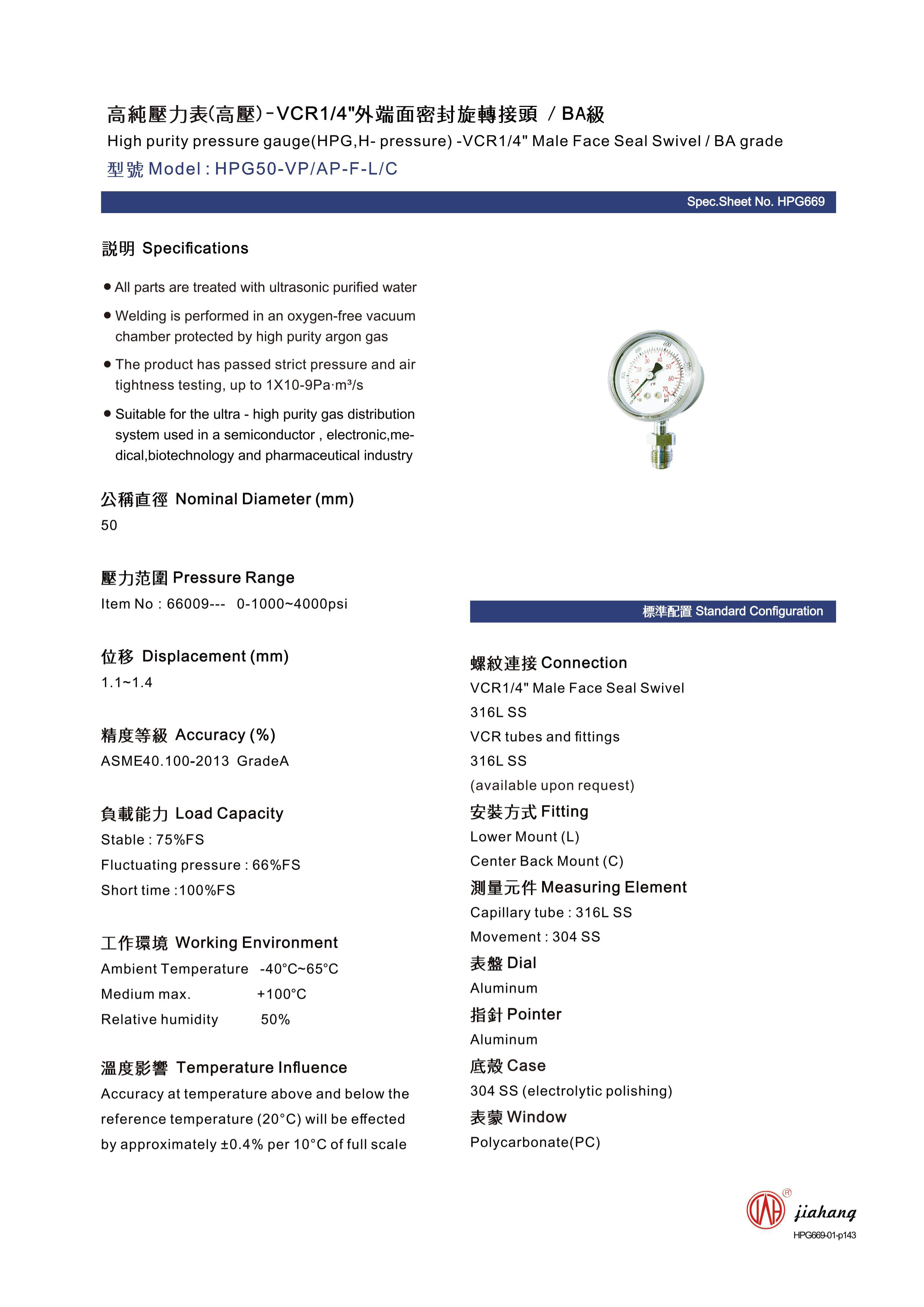
Nov . 01, 2024 12:36 Back to list
Choosing the Right Differential Pressure Gauge for Water Applications
Understanding Differential Pressure Gauges for Water Applications
Differential pressure gauges are essential instruments used in various industries to measure the pressure difference between two points in a system. Particularly in water applications, these gauges play a crucial role in monitoring system performance and ensuring operational efficiency. This article delves into the significance, functionality, and applications of differential pressure gauges specifically for water systems.
What is a Differential Pressure Gauge?
A differential pressure gauge is designed to measure the difference in pressure between two locations within a fluid system. Unlike a standard pressure gauge, which measures absolute pressure against a reference point, a differential pressure gauge provides readings that reflect the pressure variation between two input ports. This capability allows for more comprehensive monitoring of a fluid's behavior under changing conditions.
Functionality of Differential Pressure Gauges
The operation of a differential pressure gauge is based on various principles, the most common being the mechanical or electronic methods. Mechanical gauges often utilize a diaphragm or bourdon tube that deforms in response to the differential pressure applied. The resulting deflection or movement is translated into a readable value on a dial or scale.
On the other hand, electronic differential pressure gauges employ sensors, such as strain gauges or capacitive elements, to detect pressure shifts. These devices convert the physical changes into electrical signals, providing digital outputs that can be easily read and recorded. The advantage of electronic gauges lies in their ability to offer higher accuracy and the option to integrate with monitoring systems for real-time data analysis.
differential pressure gauge water product

Applications in Water Systems
Differential pressure gauges find a variety of applications in water management systems. One of the primary uses is in water treatment plants, where they monitor filtration systems. By measuring the pressure drop across filters, operators can determine when maintenance or replacement is necessary, improving system efficiency and prolonging equipment life.
In HVAC systems, differential pressure gauges are used to assess the performance of water pumps and circulation systems. By maintaining optimal pressure differentials, these gauges help ensure effective water distribution, energy efficiency, and the prevention of potential system failures.
Additionally, in wastewater management, differential pressure gauges assist in monitoring the flow and pressure levels in sewer systems. This information is vital for troubleshooting blockages or assessing potential overflows, thereby safeguarding public health and the environment.
Conclusion
Differential pressure gauges are invaluable tools in the realm of water applications. Their ability to accurately measure pressure differences allows for better monitoring and control of fluid systems, leading to improved efficiency and reliability. Whether in water treatment, HVAC, or wastewater management, these instruments contribute significantly to the effective operation of various systems.
As industries continue to evolve and adopt advanced technologies, the importance of precise monitoring solutions like differential pressure gauges will only increase. In summary, understanding how these gauges operate and their applications helps engineers and operators make informed decisions, optimize processes, and ensure sustainable management of water resources. Maintaining the integrity of water systems through effective monitoring is essential for public health and environmental stewardship, further highlighting the critical role of differential pressure gauges in today’s world.
-
HD Fire Pressure Gauges High Accuracy & Durable Solutions
NewsMay.28,2025
-
Custom Singles Capsule Systems Top Exporters & Factories
NewsMay.28,2025
-
Piston-Style Differential Pressure Gauges Precision & Durability
NewsMay.28,2025
-
WIKA Differential Pressure Gauge 700.04 High-Accuracy Industrial Measurement
NewsMay.28,2025
-
Precision Differential Pressure Gauge Factory Custom Solutions & OEM Services
NewsMay.27,2025
-
Pressure Diaphragm Capsule Elements High-Accuracy & Durable Solutions
NewsMay.27,2025
